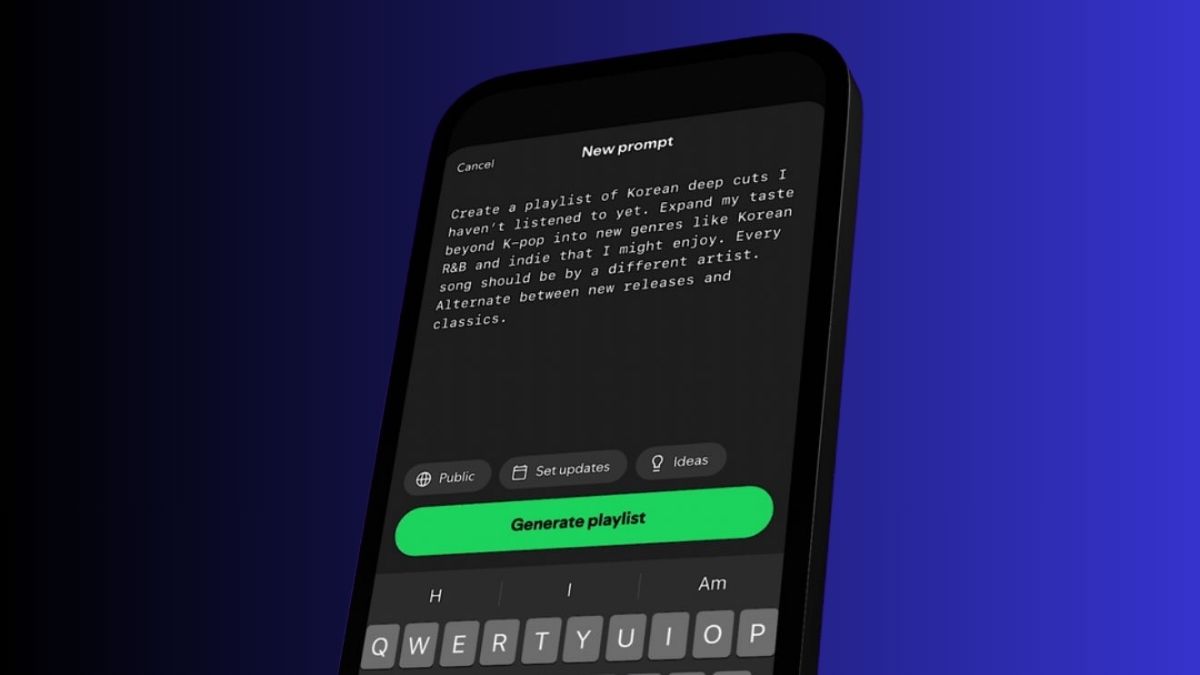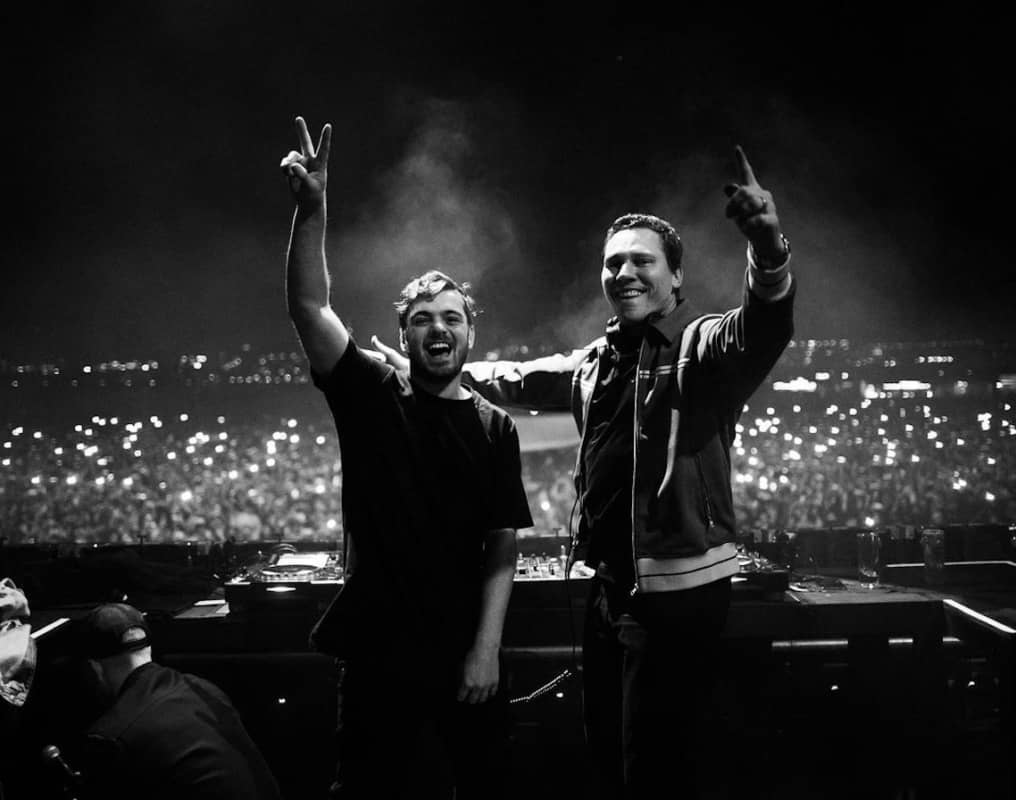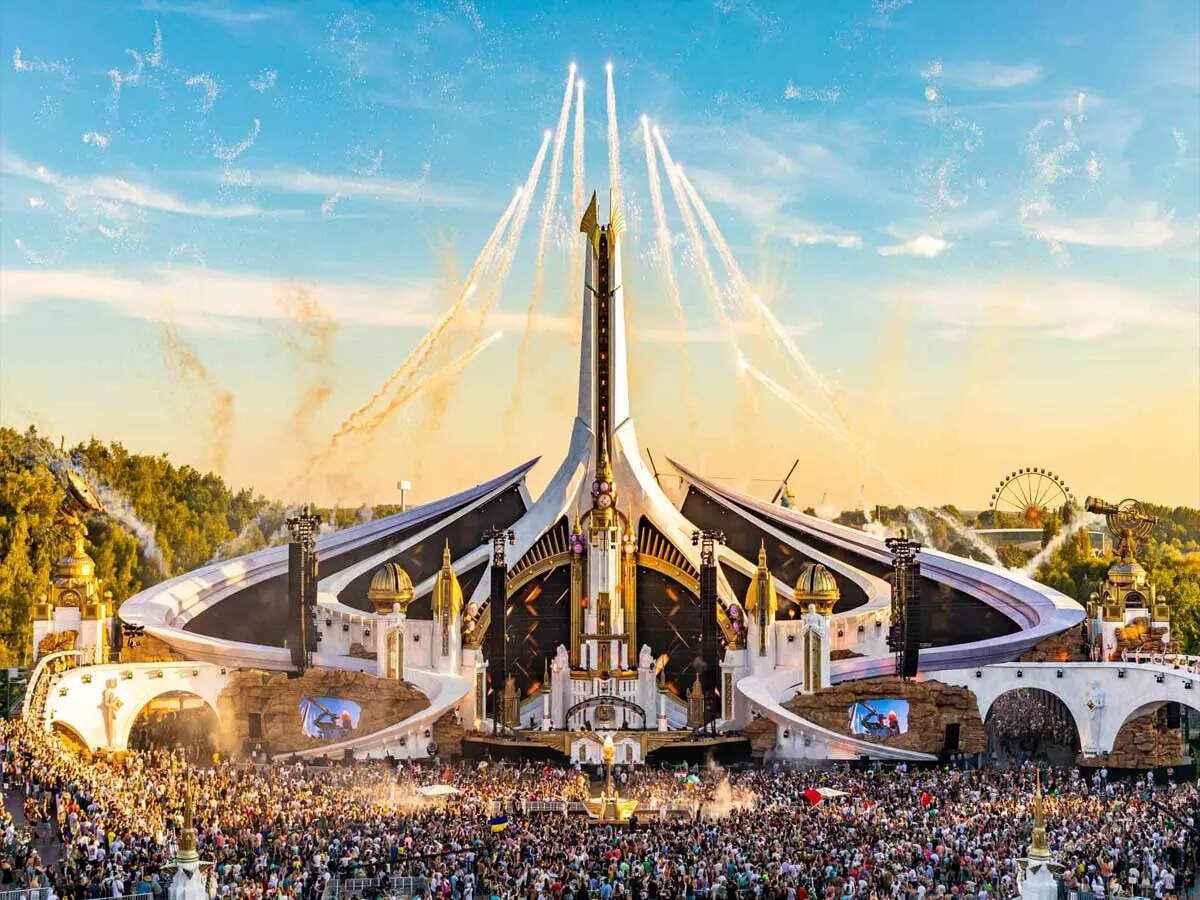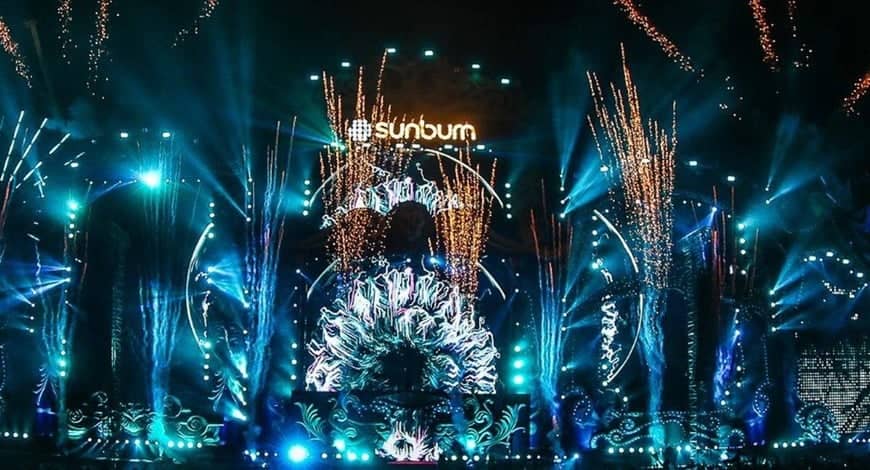Electronic Dance Music (EDM), a genre known for its pulsating beats and infectious rhythms, has undeniably become a global phenomenon. However, it’s no stranger to controversy and criticism, leaving many wondering why some people harbor a dislike for this vibrant and energetic genre. Let’s explore some common reasons behind the disdain for EDM.
1. Lack of Lyrics
One prevalent complaint against EDM is its frequent absence of lyrics. Traditional music genres often rely on vocals to convey emotions and narratives. EDM, on the other hand, can be instrumental, focusing on the beats and rhythms rather than lyrical content. While some argue that this lack of lyrics is a flaw, it’s essential to recognize that EDM is crafted for the dance floor, where the music itself serves as the primary means of expression.
2. Unconventional Drops
The introduction of ‘drops’ in EDM, sudden breaks or shifts in rhythm, has raised eyebrows among music enthusiasts who perceive such interruptions as irregularities. However, these drops are integral to the genre, strategically placed to elevate the energy and excitement on the dance floor. When executed with precision, drops can be the defining element that propels a track to chart-topping success.
3. Emerging Talents
The youthfulness of many EDM artists, some as young as 16 or 19, has led to misconceptions about their lack of musical knowledge and experience. However, these artists possess a deep understanding of the intricacies of music production. Figures like Martin Garrix, the world’s no. 1 DJ, exemplify the talent and expertise present in the EDM community, challenging stereotypes about age and musical competence.
4. Cultural Fusion
EDM’s ability to fuse diverse cultures, sounds, and traditions is often overlooked. Artists like KSHMR, who incorporates Indian elements into his tracks, exemplify how EDM can serve as a platform for cultural expression. By bridging gaps between musical traditions, EDM fosters a global sense of unity and appreciation for diversity.
5. Volume and Intensity
Critics often label EDM as ‘too loud’ and ‘aggressive,’ but this perception stems from a misunderstanding of the genre’s purpose. Designed to make people move and enjoy themselves, EDM thrives on high-energy compositions that are best experienced at elevated volumes. The intensity serves a purpose – to immerse listeners in an atmosphere of euphoria and dance.
In conclusion, while EDM may not appeal to everyone’s taste, its criticisms often arise from a lack of understanding of the genre’s cultural significance, purpose, and the artistic prowess of its creators. As EDM continues to dominate the global music scene, it’s crucial to appreciate its unique attributes and the positive impact it has on bringing people together through the universal language of music.











